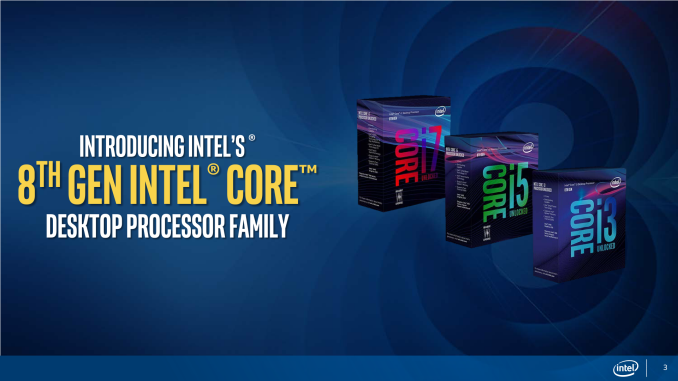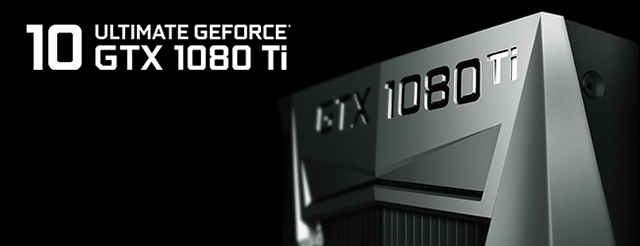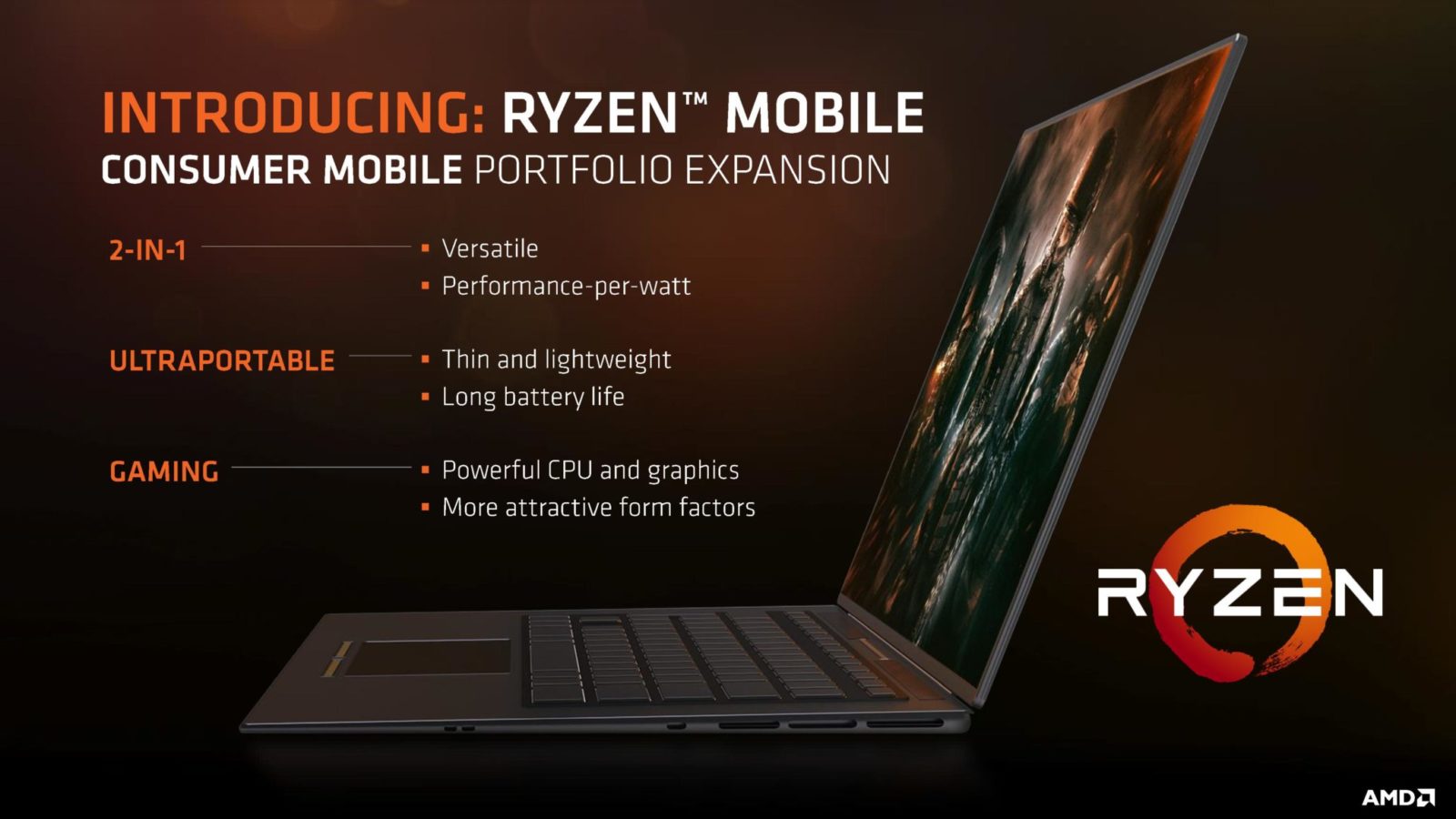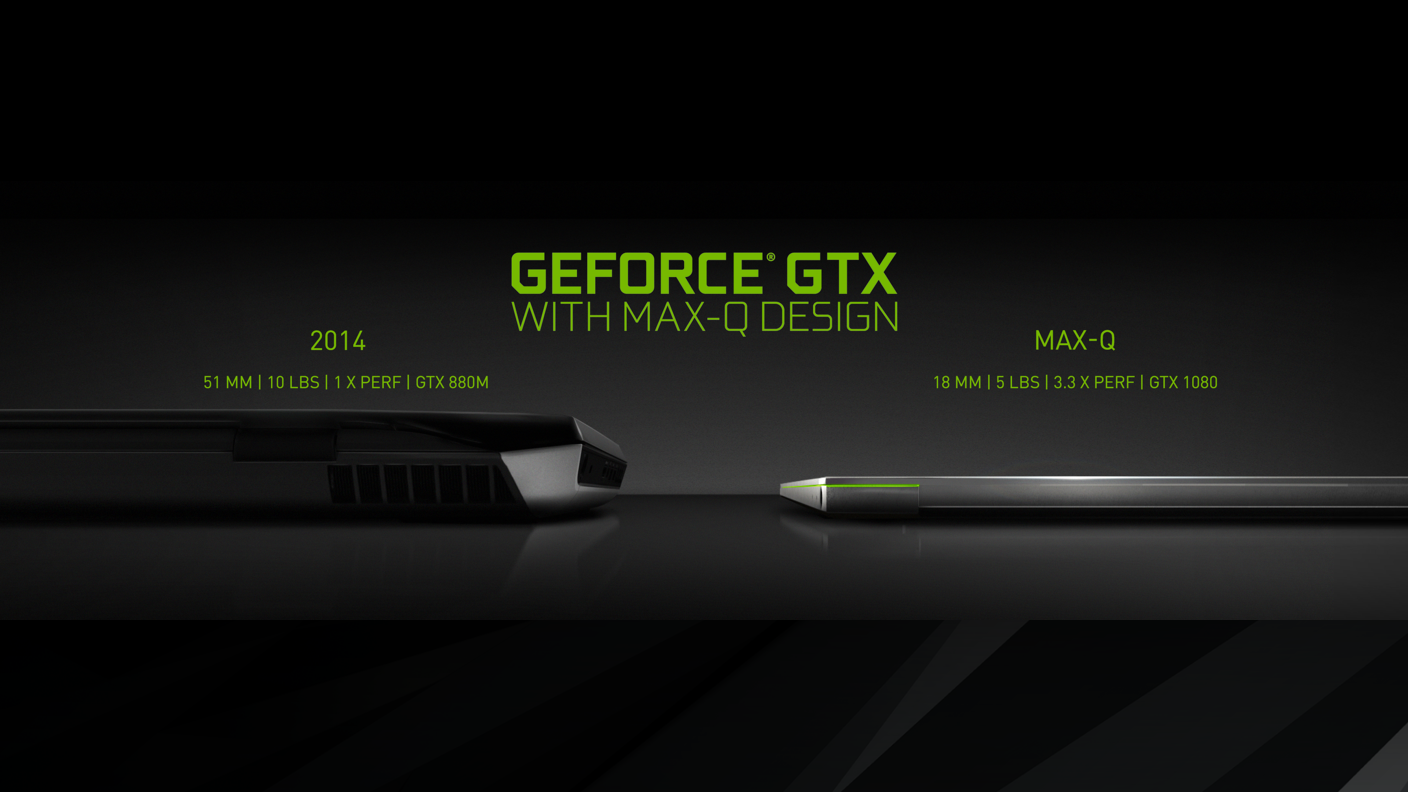What’s A Geek! Presents 2017 in PC Hardware
Technology enthusiasts will understand if we say 2017 in PC hardware has been filled with exciting releases. PC modders themselves may find themselves surprised with the sheer customization potential these new hardware offer. After all, a custom PC or mobile laptop with the specs we want might give us the performance we need for that big project or for our gaming needs. Our team from What’s A Geek! explores some of the hottest releases of the year to show how 2017 in PC hardware has been quite an exciting year for enthusiasts.
2017 in PC Hardware
Performance is an important aspect of any tech enthusiast’s arsenal of tools. Gamer or software developer alike understand just how essential the proper tools are when it comes to the kinds of tasks they want to do with their rigs. This selection of 2017 in PC hardware tackles some of the industry’s heavy hitters and their recent releases.
Ryzen CPUs
First up is AMD’s Ryzen CPUs. No “Best PC Hardware 2017″ list is complete without AMD’s CPU release. The Ryzen line up marked a huge comeback for AMD in the CPU market. The initial release was a bit shaky with memory problems and all the bios issues but it has truly grown into a formidable foe for Intel’s own CPUs. It provided consumers with a budget option for high core count CPUs for workstation builds and multitasking purposes. All the Ryzen chips were overclockable, provided you buy a B350/X370 motherboard. The $330 8-core/16-thread chip, the R7 1700, went toe-to-toe with Intel’s former champion, the $1000 i7 6900K, in various benchmarks. Overall, Ryzen shook the market and woke Intel up with a big sign in their face saying “Step up your game.”
Benchmarks: Gamers Nexus
Intel Coffee Lake CPUs

Intel may not admit it but we’re pretty sure Coffee Lake was an answer to the previous item on the list, Ryzen. This is on here because this is the release where Intel finally decided to change up their usual incremental changes to the same product and release something different. This is the release where Intel finally upped the core counts of their CPUs. Add to that the years of experience Intel has with their great IPC performance and you have a beast of a CPU. This is seen in the i7 8700K, a 6-core/12-thread chip, performing in league or better than the aforementioned R7 1700. Keep in mind the R7 has the advantage of two extra cores. The only problem with its release is the lack of availability. If Intel can fix the availability of the Coffee Lake CPUs then this is a step in the right direction for Intel in the face of Ryzen and we’ll see what the future holds with AMD and Intel in the CPU space.
Benchmarks: Gamers Nexus
nVidia GeForce GTX 1080 Ti

Moving away from CPUs for a bit, we’ll take a look at the GTX 1080 Ti. The GTX 1080 Ti is 2017’s best gaming graphics card. AMD made an effort to compete at the high end with the RX Vega 56 and 64 but it couldn’t outmatch nVidia’s 1080 Ti. The 1080 Ti matches Titan X Pascal performance at almost half the price. It’s THE choice for 4K gaming and high framerate 1440p gaming for 2017.
Benchmarks: Hardware Unboxed
Ryzen Mobile APUs

We’re seeing Ryzen again here with Ryzen Mobile, codenamed Raven Ridge. Here we see Ryzen taking laptop processing to the next level with the Ryzen 7 2700U and the Ryzen 5 2500U. Intel has dominated the mobile space for a long time and it’s refreshing to see AMD do some good in the mobile space for a change. The highlight feature of the Ryzen Mobile line up is that it comes with 4-core/8-threads and integrated Vega graphics. Because of the integrated graphics, consumers can now get a more budget-oriented option for gaming on the go. The Ryzen 5 2500U definitely can compete with the mobile 8th gen i7s and the graphics power on it is definitely more formidable than the integrated graphics on Intel’s chips.
Benchmarks: Hardware Unboxed
Max-Q nVidia Graphics

The last release that we have here is Max-Q nVidia Graphics. Max-Q is the design that nVidia uses to insert full size high-end graphics cards, like the 1080 and the 1070, into ultra portable, thin and light laptops as thin as 18mm. nVidia has taken steps to reduce noise and temperatures of these cards so that they can fit in to a smaller form factor. It sounds too good to be true but there is a catch. The GPU frequency and power usage need to be toned down to reach the requirements of the Max-Q design. But if you’re willing to give up some performance for silence and portability, the Max-Q the technology you’ve been waiting for.
2018 for Exciting Hardware
That’s all for our “Best PC Hardware 2017” round up. While 2017 was an exciting year, there is much to look forward to as well. Titan V being released late 2017 might be a sign for nVidia Volta cards on the horizon. Ryzen+ is also in the works slated to be released Q1 of 2018. But for now, Happy Holidays and have a safe, happy New Year!





